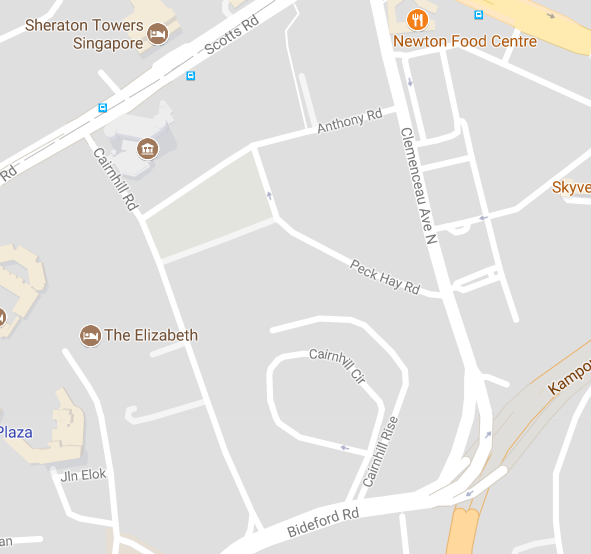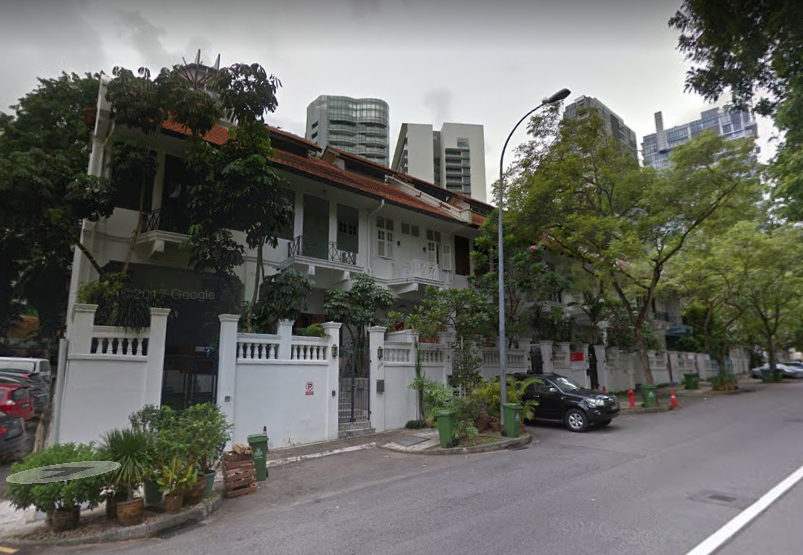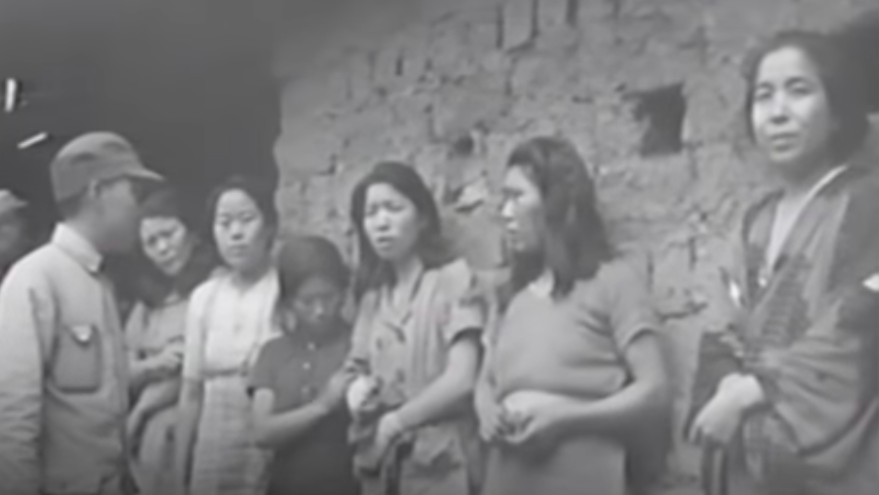News of the discovery of rare film footage of "comfort women" during the Second World War has been widely reported in the international media recently.
According to media outlets like BBC and Washington Post, the 18-second black-and-white clip was found by a South Korean government-funded research team, after trawling through the U.S. national archives.
The clip, which was reportedly filmed by U.S. troops in China's Yunnan province in 1944, supposedly depicts some "comfort women", who were women forced into sex slavery by Japanese troops during World War II, speaking to Chinese soldiers after being freed.
Here is a clip of the footage from Washington Post:
"Comfort houses" in Singapore
An estimated 200,000 women from Japanese-occupied lands, such as Korea, China and the Philippines, were forced to serve Japanese troops as "comfort women" during World War II. Koreans formed a majority of them.
When the Japanese occupied Singapore from 1942 to 1945, "comfort" zones were set up in at least four different areas on the island, including Cairnhill and Tanjong Katong.
The Cairnhill one, in particular, seems to be well-known. Here are three accounts of it.
Former principal of the Singapore Chinese Girls' School (SCGS), Tan Sock Kern told the oral archives that her family were living in two houses along Cairnhill Road, when the Japanese took over both of them to convert the area into a "comfort zone". One house became a restaurant, while another was made the headquarters of the zone.
[caption id="" align="aligncenter" width="508"] Tan Sock Kern. Source: National Archives Online[/caption]
Tan Sock Kern. Source: National Archives Online[/caption]
Tan said the barricaded zone stretched from Cairnhill Circle to the junction of Cairnhill Road and Scotts Road, and only Japanese soldiers were allowed to enter it.
According to Tan, many women "from all over the place" were housed in the rows of terraced houses along Cairnhill Road, and many people were killed there in those days.
 Cairnhill area in the present day. Screenshot from Google Map
Cairnhill area in the present day. Screenshot from Google Map
 Old terraced houses along Cairnhill Road. Screenshot from Google Street View
Old terraced houses along Cairnhill Road. Screenshot from Google Street View
Another account on the Cairnhill "comfort zone" in the oral archives comes from a man named Chee Keng Soon, who described how women housed in the zone were fair, and did not look like they were from Singapore or the region.
He also described how once a week, some of the women would appear in the nude on the balconies of the back courtyards of the houses to sunbathe. This caused the teachers of a school in the vicinity to panic and shoo gawking students away from the sight.
Finally, in his memoirs, the Singapore Story, the late Lee Kuan Yew also recorded what he witnessed at the Cairnhill zone:
"Within two weeks of the surrender, I heard that the Japanese had put up wooden fencing around the town houses at Cairnhill Road, which had been vacated by the European and Asiatic businessmen and their families who had left Singapore or been interned. It had been an upper middle-class area. I cycled past and saw long queues of Japanese soldiers snaking along Cairnhill Circle outside the fence. I heard from nearby residents that inside there were Japanese and Korean women who followed the army to service the soldiers before and after battle. It was an amazing sight, one or two hundred men queuing up, waiting their turn. I did not see any women that day. But there was a notice board with Chinese characters on it, which neighbours said referred to a 'comfort house'. Such comfort houses had been set up in China. Now they had come to Singapore. There were at least four others. I remember cycling past a big one in Tanjong Katong Road, where a wooden fence had been put up enclosing some 20 to 30 houses."
Some 72 years after the end of World War II, the issue of "comfort women" remains a highly charged one for countries, such as South Korea, where some of the women are still living.
While it might seem in the present time that the issue is far beyond our shores, we should remember that some of these women were sent to one of the four "comfort" zones in Singapore during the Japanese Occupation.
And since many records on "comfort women" kept by the Japanese forces did not survive the war, it is all the more important that memories should not be turned into myth.
Top image from YouTube
1819 is a labour of love by Mothership.sg where we tell stories from Singapore’s history, heritage & culture. Follow us on Facebook, Instagram and Twitter!
If you like what you read, follow us on Facebook, Instagram, Twitter and Telegram to get the latest updates.
